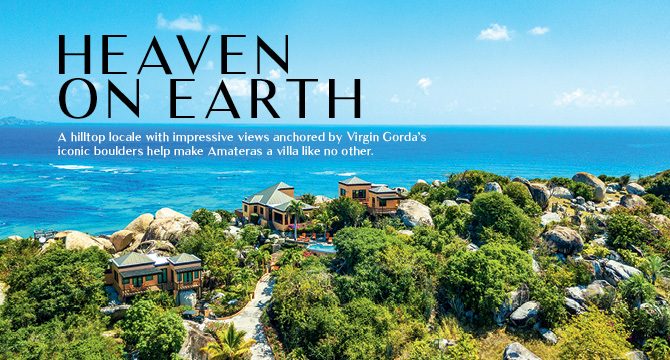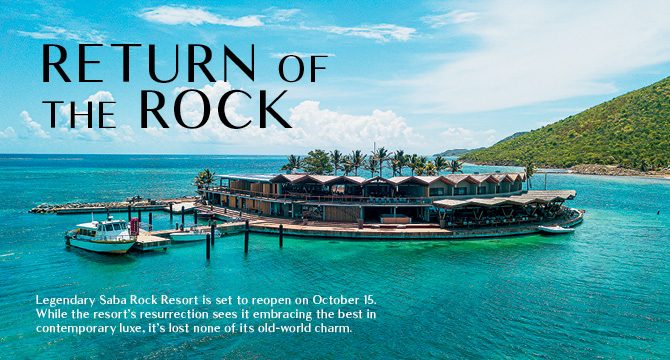Much like the Virgin Islands after Hurricane Irma in 2017, the main message now from the Bahamas is: we’re open for business.
The Bahamas is made up of over 700 islands and cays, many of which are welcoming visitors to return and support local tourism. Nassau, one of the most popular and populous Bahamian destinations, is up and running (and mega-resort Atlantis Paradise Island is still humming along, too).
But arguably the real jewels of the archipelago are its “Out Islands,” the more remote islands strung along the southeastern tip of Florida like a constellation. And Eleuthera, Cat Island and Long Island are some of the most idyllic places to visit first.
Eleuthera, meaning “free”
Eleuthera, along with its sister island to the north, Harbour Island, lies roughly 60 miles from Nassau. The long, sandy expanse of an island holds meaning for a lot of reasons – one being that it’s considered by many to be the birthplace of the Bahamas.
A group of European settlers sailing from Bermuda ended up there in the mid-1600s, naming it after the Greek word “eleutheros,” meaning “free” or “freedom.”
And Eleuthera lives up to its name. It’s ringed by unpopulated, white-sand beaches, many of which are frequently devoid of tourists or anyone at all. One of the island’s most striking landmarks is the Glass Window Bridge: the narrowest part of Eleuthera. A thin stretch of rocks is the only thing dividing the dark blues waves of the Atlantic and the turquoise waters of the Exuma Sound.
One of the most compelling reasons to visit Eleuthera is its range of Caribbean cuisine. A fish fry is held every Friday night in Anchor Bay, which attracts both visitors and locals. There’s an emphasis on fish, of course – fried whole with a side of rice and potato salad – but conch salad steals the show. The conch, still dripping from the ocean, is diced and mixed with tomatoes, onion, green peppers and a squeeze of citrus.
Sip Sip, a traditional-style restaurant on Harbour Island, also serves Bahamian food with a twist, like conch curry, Johnnycake and boil fish. The restaurant’s name is derived from the Bahamian patois word for “gossip.”
Cat Island and Long Island
The next major island down the chain from Eleuthera is Cat Island: an epicentre of Bahamian history and culture.
According to the Bahamas tourist board, Cat Island is home to much of the country’s folklore, as well as its native Rake ‘n’ Scrape music. Rake ‘n’ Scrape is typically played with unlikely instruments, like a saw, a piece of wood, fishing line, a tin washtub or a goatskin drum. Every June, the island has its own festival to celebrate the music and also features dances and local food.
Elsewhere on Cat Island, a medieval-style mini monastery called The Hermitage sits atop Mount Alvernia (also known as Como Hill), the highest point in the Bahamas at 206 feet. A hike up the hill will take you to the monastery, which was hand-carved in 1939.
Long Island – true to its name – is next in line geographically after Cat Island. The island is made up of two very different coasts; the western side is dotted with beaches, while the eastern is defined by wild, rocky bluffs.
Dean’s Blue Hole, thought to be one of the deepest blue holes (or underwater caverns) in the world, is one of Long Island’s most famous attractions. Freedivers often test their abilities by plunging into the 663-foot hole, but scuba divers and snorkelers can also experience the cavern.
Also on Long Island, an ancient cave system called Hamilton’s Cave features artefacts and drawings from the Lucayan Indians, who called the region home hundreds of years ago.
Getting there
Visitors can take smaller planes to all three islands from Nassau’s main airport, or book select flights from Florida. Despite Dorian, the North Eleuthera Airport (ELH) and the Stella Maris Airport (SML) and Deadman’s Cay Airport (LGI) on Long Island have all been reported as open.
[ts_fab]










